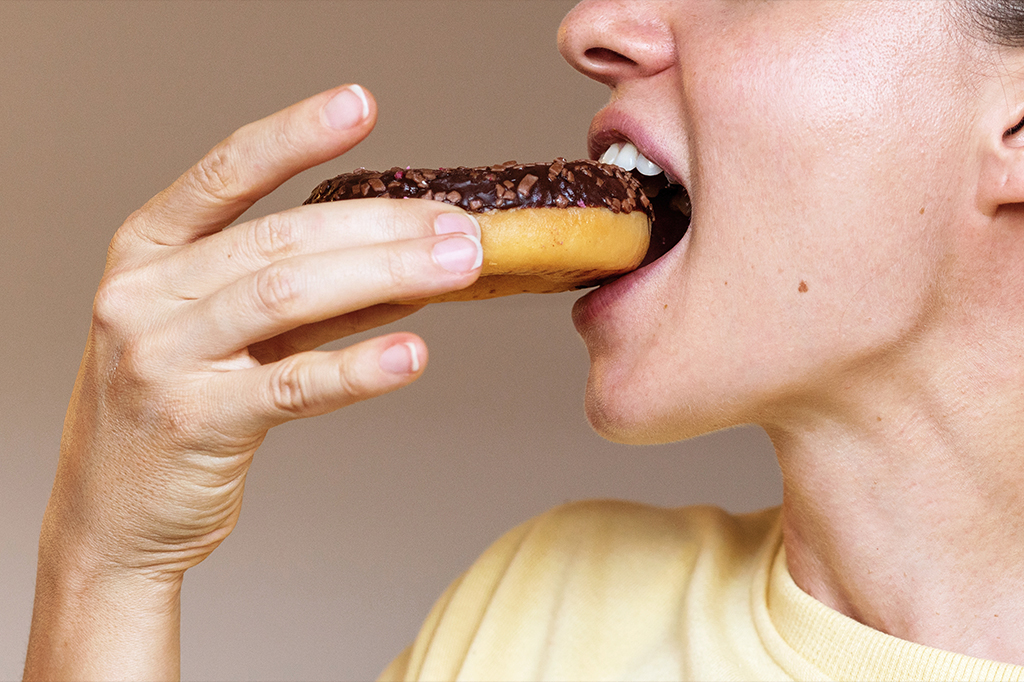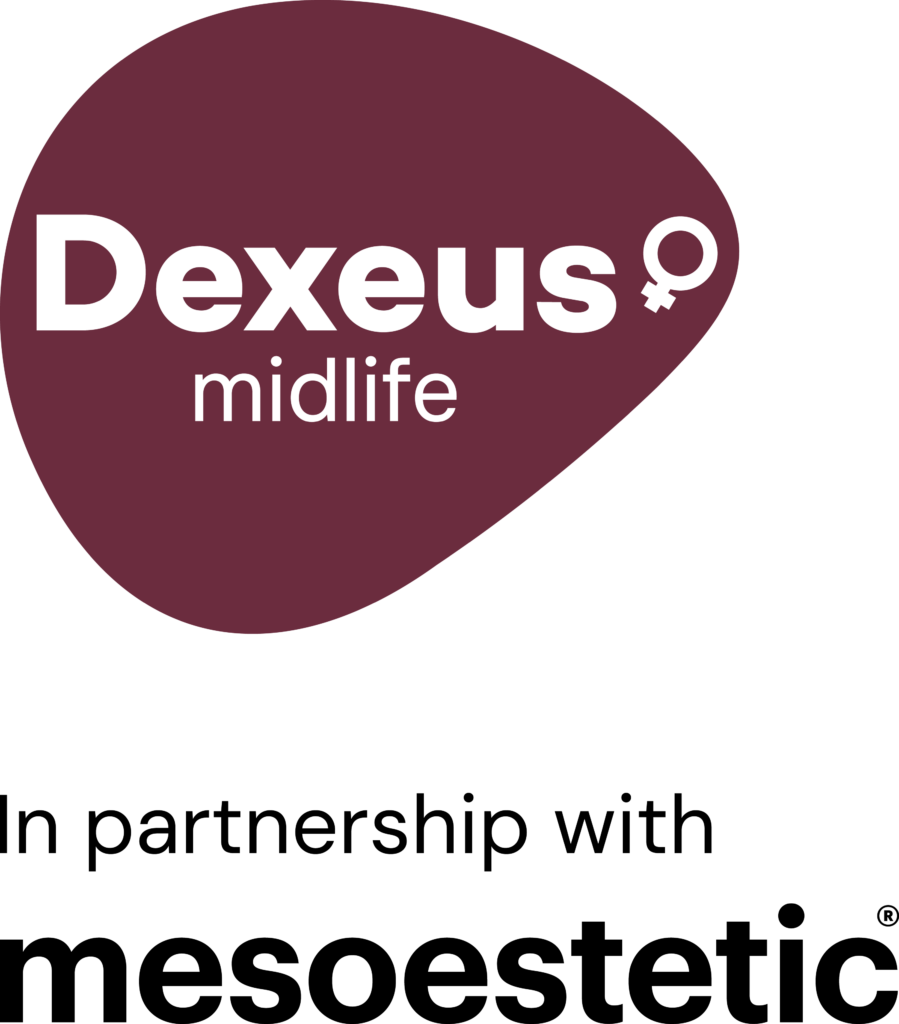It has always been said that menopause, when a woman stops menstruating for twelve consecutive months and her ovaries stop working, causes weight gain, but this is not completely true.
In fact, lifestyle changes and our own genetics often play a leading role in this weight gain, while menopause itself affects the place where women accumulate fat. This is a process that begins long before its arrival, during the perimenopause phase.
In fact, it is estimated that, from the age of 30, the body composition of women begins to change progressively, with a decrease in muscle mass from 3 to 8% per decade. After the arrival of menopause, this process becomes even more pronounced and evident.
Causes of the appearance of localised fat during menopause
Oestrogen is a crucial female sex hormone in maintaining body composition. Its reduction during the early years of menopause causes a drop in lean mass, which includes the weight of muscles, bones and organs, and the increase of adipose mass or fat.
At the beginning of this process, there may be no weight change, as muscle weighs more than fat. But this loss of muscle mass makes it easier for the body to accumulate fats even by eating the same foods, as muscles burn more calories.
This significantly contributes to causing a change in the general appearance of the woman’s body, as fat accumulation patterns change and their contribution to the total body weight is higher.
Main symptoms

Abdominal fat
One of the first symptoms of this change in fat distribution due to the fall of oestrogen is the increase in abdominal fat. Fat no longer accumulates in the hips and thighs and begins to rise to the central area of the body. In addition, the dangerous visceral fat surrounding all organs in the abdomen area tends to increase.
This change causes abdominal fat to reach 15 or 20% of the total body fat after menopause, favouring the development of abdominal obesity. Therefore, we must be aware that we are not only facing an aesthetic problem, but also a potential health problem.

Feeling of hunger
Hormonal imbalance contributes to weight gain because it alters the regulation of the feeling of fullness, causing the signals to be less effective due to the fluctuation of oestrogen levels. During menopause, many women experience a greater feeling of hunger, which leads them to eat more food.
Treatments for localized fat
Radiofrequency
Radiofrequency
Radiofrequency has been referred to for many years as a medical-cosmetic technique that redefines facial features, enhances shape and corrects...
Read moreMesotherapy
Mesotherapy
Mesotherapy has been referred to for several years as one of the most effective medical-cosmetic techniques for the treatment of...
Read moreCarboxytherapy
Carboxytherapy
Some aesthetic medicine techniques are unknown to many people. This is the case with carboxytherapy, a technique that promotes the...
Read moreTopical treatments
Topical treatments
Over time, a series of changes occur in both the skin and body; such as loss of hydration and radiance,...
Read moreFAQs
What diet can I follow to avoid localised fat?
First, we must take care of nutrition. It is important to reduce the consumption of ultra-processed products, pre-cooked dishes, refined carbohydrates, pastries, sugar and alcohol. We should opt for a balanced diet in which proteins, pulses, fruit, vegetables, probiotics and healthy fats, such as monounsaturated and polyunsaturated fats, are present. This will help us to control our weight and, more importantly, prevent us from developing insulin resistance.
The second step is to monitor the portions we consume. The lower our muscle mass, the lower our calorie consumption. If you notice a greater feeling of hunger, focus on products rich in fibre and low in calories that allow you to consume greater portions to increase the feeling of fullness without excessively increasing daily calorie intake. However, do not reduce calorie consumption too much, as it can cause your basal metabolic rate to decrease. If you have any questions, contact a nutrition specialist so they can help you.
What type of exercise is best to combat localised fat?
Any exercise is better than leading a sedentary lifestyle, so the main thing is to find some exercise or sport you enjoy, as it is much more likely that you keep that habit in the long term. The ideal thing, if we are not used to it, is to start gradually and increase the intensity of the exercise over time.
Moderate exercise, such as walking fast or riding a bicycle ride, will help us to raise our heart rate and increase our strength. Once we have gained confidence, we can move on to a more intense exercise, such as running or swimming.
However, during menopause, strength training and training with weights, resistance bands or even our own body weight is particularly important, as it not only helps to lose fat and increase muscle mass but also prevents osteoporosis and lowers cortisol levels.
Is there any cosmetic treatment for localised fat?
There are multiple topical treatments that, especially when applied with a massage, help tone and reduce volume in areas with localised fat.
If you are looking for more effective professional treatment, but without using surgery, mesotherapy is a highly recommended option, as it has a firming effect that helps to eliminate localised fat and get any area of the body back into shape.

